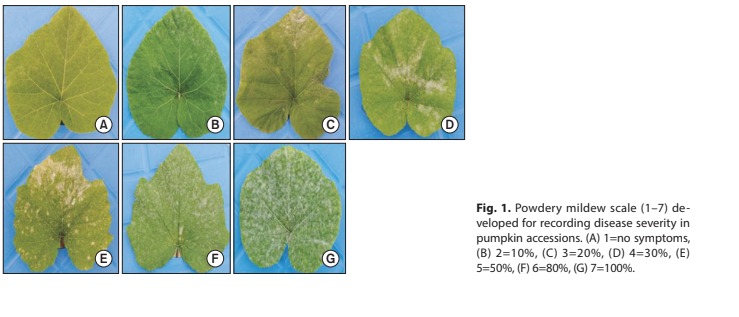Progress report for FNC22-1319
Project Information
I am the only farmer for this project. I have over 10 years of experience in organic vegetable production on a small scale. I am currently growing tomatoes, greens (collards, mustards and kale), Okra, peppers (hot and bell) squash, zucchini, swiss chard, green beans, cucumber and garlic using regenerative practices on 1/5 of a acre.
Powdery mildew is a destructive disease for many crops but especially cucurbits such as Zucchini and Squash. This fungus is easily spread by the wind from plant to plant and can reduce production, decrease quality of fruit and even cause death. This project will compare two inexpensive organic preventative methods against two traditional forms of treatment to determine their effectiveness, benefits and cost efficiency. The four methods addressed in this project will be Korean Natural Farming fungicide treatment, raw milk dilution, Sturgas (biofungicide) and Cueva (Copper Fungicide). The data collected will be the total cost of each treatment, labor hours, yield, disease development and severity. The crops will be planted in late summer to ensure the likelihood of disease development without manual inoculation. Results from the project will be presented through a local workshop/conference supported and promoted by Central State University as well as on-farm tours and social media. The project’s results will provide farmers with a comparative analysis that will determine the most effective and cost-efficient treatment for a highly prevalent disease.
- Evaluate and compare effectiveness of preventing powdery mildew
- Evaluate the cost efficiency of each treatment
- Compare yield along with plant and fruit health
- Share finding with farmers via conference, farm demonstration and social media
Research
Starting on July 8, Bed 1 was planted with 6 zucchini plants and 6 squash for the Cueva treatment. Bed 3 was planted with 6 zucchini plants and 6 squash for the Stargus treatment. Bed 5 was planted with 6 zucchini plants and 6 squash for the milk dilution treatment. Bed 7 was planted with 6 zucchini plants and 6 squash for the KNF treatment. Bed 9 was planted with 6 zucchini plants and 6 squash for the water only treatment. Between each bed I planted other powdery mildew resistant crops such as peppers and tomatoes. The treatments were applied on a weekly basis. The plants were monitored and graded on a scale of 1-7 (see image under Results and discussion). As the fruit was harvested it was checked for deformities and counted to compare yield productivity of each bed in response to the applied treatment.
Please see the notes and results in the following spreadsheet.
Educational & Outreach Activities
Participation Summary:
This portions of the project is not scheduled to start until this 2023 growing season. I am currently setting up for tours with the Black Farmers Conference happening later this season. I will also be holding educational tours for the Incubator Farming Program and will work with Central State University to produce a workshop and skill share for 2024.
I am requesting an extension for this portion of the project due to multiple personal hardships in 2023. I am however, scheduled to be a presenter at the 2024 OEFFA conference to discuss the findings of the project to date. I am completing another year of research to be able to accurately report the 2nd year findings, complete on-site demostrations and the OEFFA presentation. This will also allow me to possibly include details for both versions of Korean Natural Farming.
There are two version of KNF. One that was developed by Master Cho, and the other, JADAM, created by Master Cho's son. The original version uses
Sea water = sea salt & water
Egg shell = calcium
Learning Outcomes
- When using convention organic fungicides, it is better to rotate your applications. I accidently sprayed the Sturgas (biofungicide) row with Cueva (Copper Fungicide) and vice versa during 2023. Both rows recovered with those two sprays as opposed to the typical week turn around when using them separately.
- Milk spray works better in drier, less humid climates. Using milk during a rainy season actually causes more issues and generally need to be sprayed during early morning to ensure it is dried before night fall.
- This research project was completed on a site that had other farm plots within close proximity. This created more Powdery Mildew damage and flare ups which resulted in me having to treat everyone's plots to reduce reinfestation.
- JADAM solutions are harsh and chemical based which is not my idea of natural farming.
